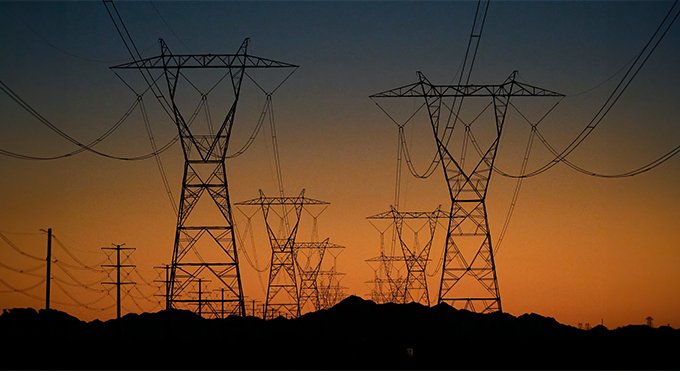Text by Olga Dzingo
Energy and power are the backbone of any country. The energy sector drives and sustains all other major sectors of the economy. In Zimbabwe, electricity is primarily generated from coal at the Hwange Power Station, one of the country’s largest facilities. While Hwange remains the dominant energy source, the country also relies on hydropower from the Kariba Power Stations.
In recent years, Zimbabwe’s energy sector has undergone a significant transformation, shifting towards greener energy sources such as solar and biogas. This transition has improved energy distribution across the country and aligns with the United Nations Sustainable Development Goal 7 (SDG 7): “Ensure access to affordable, reliable, sustainable, and modern energy for all.”
Zimbabwe’s commitment to this goal is evident through its increased domestic energy distribution and substantial reduction in energy imports, as highlighted in ZERA’s 2024 Annual Report:
“A total of 11,082 GWh was delivered into the transmission system in 2024, compared to 10,096 GWh in 2023, representing a 9.7% increase. Annual energy supply data shows that Hwange Units 7 & 8 were the dominant energy sources in 2024. Kariba South Power Station reduced its output by 7% due to low water levels, while Hwange Power Station increased its output by 43.37% compared to 2023, owing to improved operational efficiencies. Imports decreased significantly, by 36.65%.”
To bridge the remaining energy access gaps, the government has adopted supportive policies that promote the use of renewable energy. The National Renewable Energy Program (NREP), developed from the 2012 National Energy Policy (NEP), is aimed at meeting the country’s growing energy demand through sustainable and renewable resources. This program provides a comprehensive framework to ensure optimal energy supply and modern energy services for socio-economic development.
The health sector has been one of the major beneficiaries of these efforts, highlighting the crucial role of energy in national development. According to the IRENA PAR Electrification RE Healthcare Zimbabwe 2025 report:
“Zimbabwe has equipped 1,044 health facilities with solar power systems, reaching a total capacity of 11 megawatts under the Solar for Health (SH4F) initiative. Health and Child Care Minister Dr. Douglas Mombeshora announced this milestone during the launch of a 450-kW solar power system at NatPharm’s Harare warehouse.”
This achievement clearly demonstrates Zimbabwe’s dedication to attaining SDG 7 and ensuring energy access for all.
CREDITS
Dateline Health Africa October 2024
IRENA PAR Electrification RE Healthcare Zimbabwe 2025
ZERA-2024-Annual-Report

